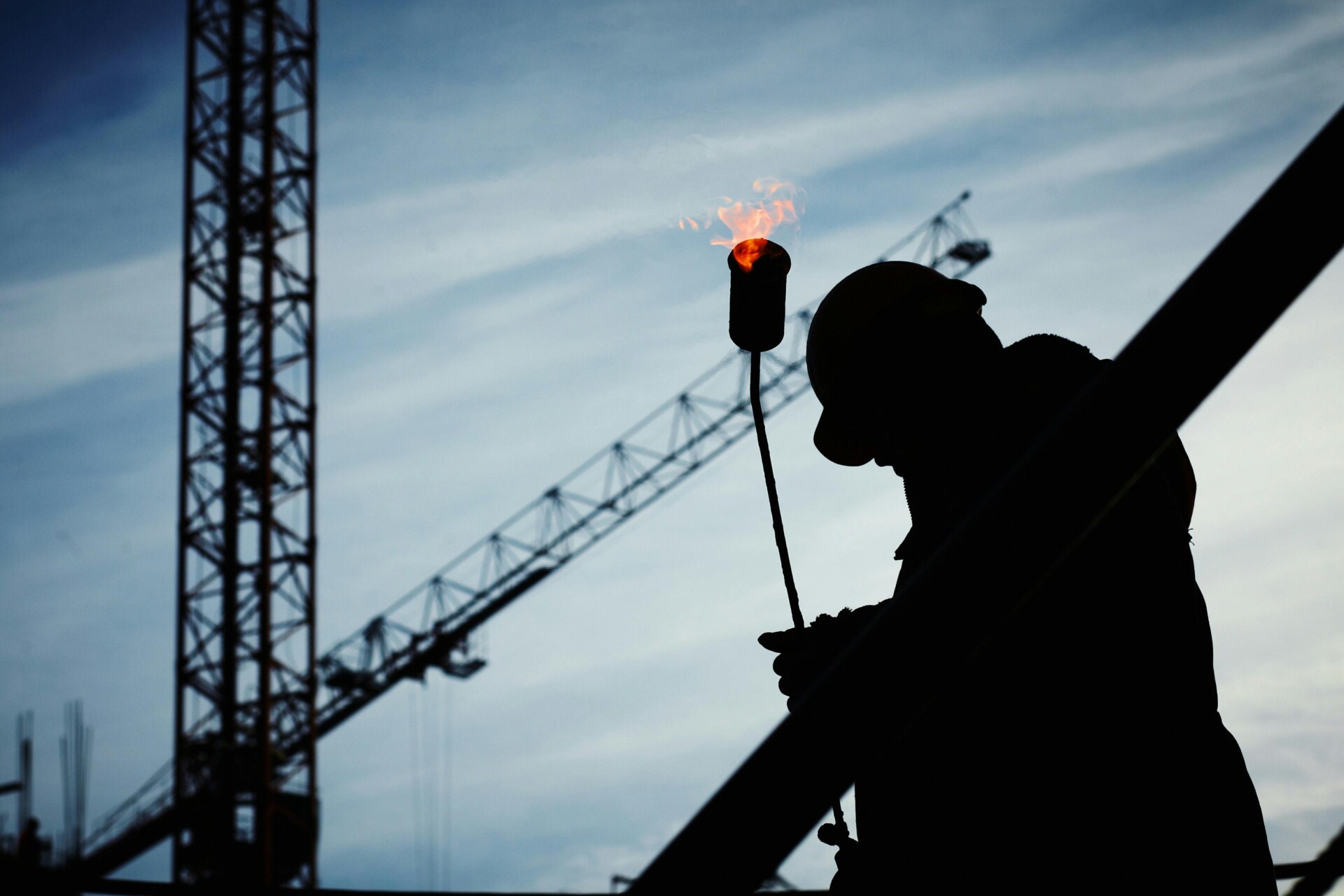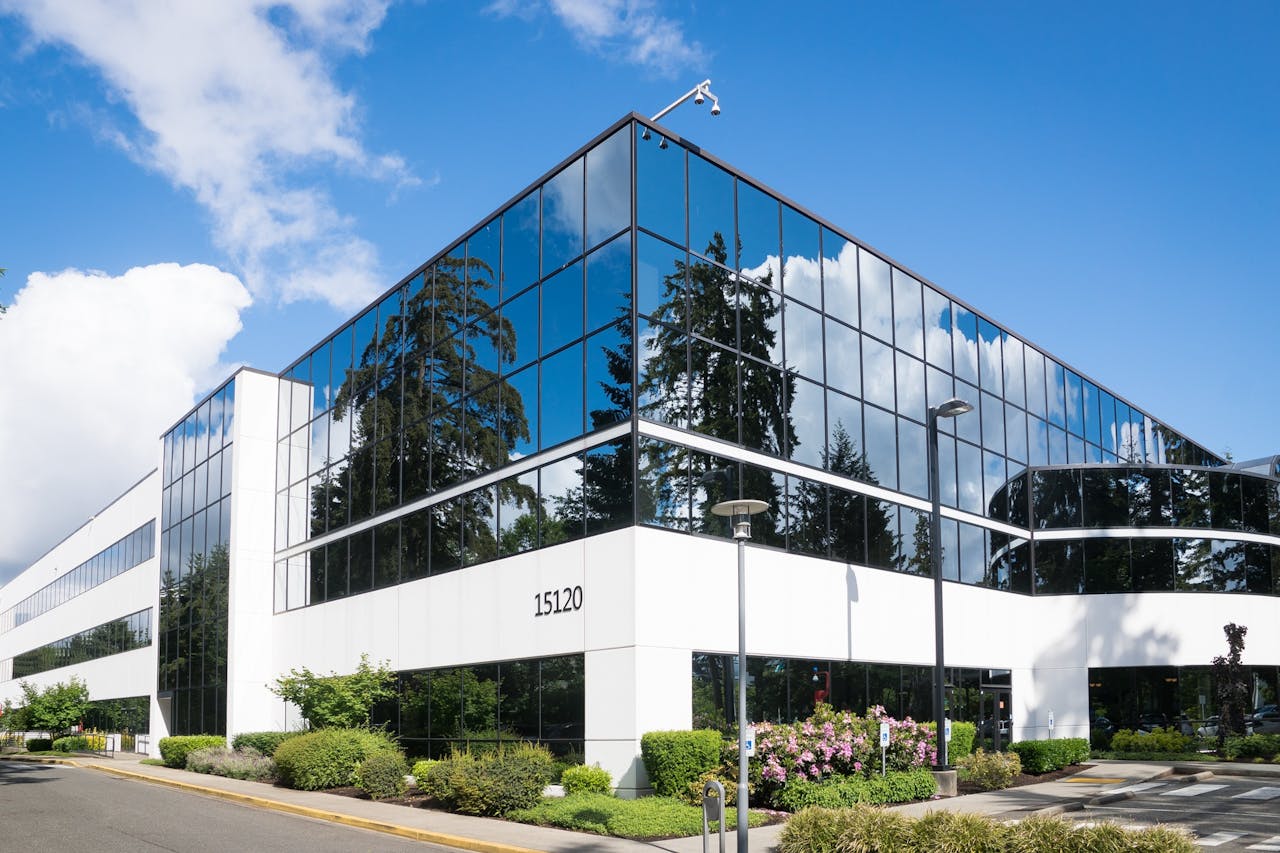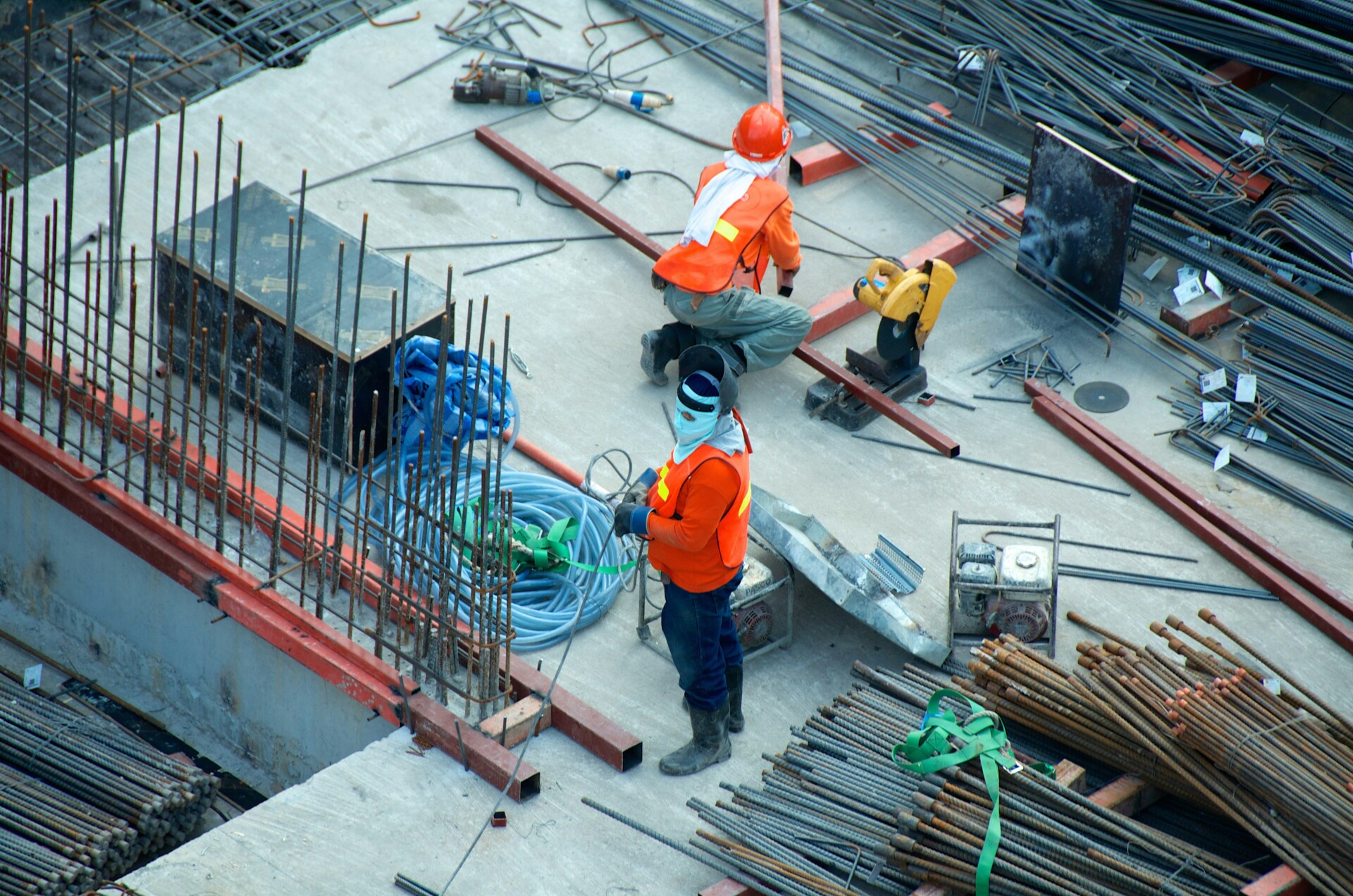Commercial signage permits are official approvals required by municipalities before a business can legally install, construct, or alter signs visible from public spaces. These permits ensure that all commercial signs comply with local ordinances, zoning regulations, building codes, and safety standards. At EB3 Construction, we understand that the permitting process can be complex, but it’s a critical step in any commercial signage project.
Whether you’re planning to install a simple wall sign or a large digital display, most cities require permits for both permanent and temporary signs visible from public right-of-ways. This includes ground signs, projecting signs, and sometimes even window graphics. Requirements can vary significantly between jurisdictions, which is why we work closely with local authorities to ensure full compliance for our clients.
Obtaining the proper permits isn’t just about avoiding fines; it’s about ensuring your signage enhances your property and the surrounding area while meeting all safety standards. As general contractors, we’ve seen firsthand how well-planned, properly permitted signage can significantly boost a business’s visibility and curb appeal. By understanding and adhering to local sign regulations from the outset, we help developers and property owners avoid costly delays and modifications down the line.
When Are Commercial Sign Permits Required?

At EB3 Construction, we recognize that understanding commercial sign permit requirements can be challenging for property owners and developers. From our experience with local jurisdictions, most municipalities mandate permits for both permanent and temporary commercial signage, whether or not these signs are illuminated. This generally encompasses wall signs, ground signs, projecting signs, digital displays, and any signage visible from public areas.
As a general contractor, we stress to our clients the importance of securing the necessary permits before we proceed with the fabrication or installation of any commercial signage. The permitting process ensures full compliance with local regulations governing size, placement, materials, and other key factors.
While specific requirements vary by jurisdiction, permits are typically required for:
- Construction of new permanent signs
- Installation of temporary promotional signage
- Alterations or modifications to existing signs
- Conversion of static signs to digital displays
- Relocation of existing signage
It’s important to note that some municipalities offer exemptions for specific types of signs, such as small informational placards or temporary real estate signage. However, these exemptions are not universal, so we always recommend verifying with local authorities.
In our experience managing commercial signage projects, failing to obtain the appropriate permits can lead to costly delays, fines, or even removal orders. That’s why we collaborate closely with our clients to navigate permitting requirements efficiently, ensuring their new signage is installed smoothly and legally. By proactively handling the permitting process, we help guarantee that our clients’ signage enhances their property without compliance issues.
What Does the Commercial Sign Permit Process Involve?
The commercial sign permit process involves several key steps that we carefully manage for our clients. We begin by thoroughly reviewing the local sign ordinance or building sign program to determine exactly what types of signage are permitted. This crucial first step ensures we develop a compliant design from the outset.
Next, we compile and submit a comprehensive application package. This typically includes detailed design plans, structural drawings, and relevant property information. We coordinate closely with property owners or building managers to secure their approval, which is a common requirement before submission in most municipalities.
Once submitted, the application undergoes rigorous review by local authorities who assess compliance with zoning laws, building codes, and area-specific aesthetic standards. Our experience with varied municipal processes allows us to anticipate potential issues and address them proactively.
The approval timeline can vary significantly depending on the jurisdiction—ranging from same-day approvals in some cities to several weeks in others. For illuminated signs, we often need to obtain additional electrical permits to ensure safety and code compliance.
After receiving approval and completing installation, we coordinate a final inspection. This critical step verifies that the installed sign matches the approved plans precisely. Our detail-oriented approach helps ensure a smooth final approval process.
Throughout this process, we leverage our contractor dashboard to track progress and keep all stakeholders informed. Our comprehensive submittal package, including meticulously prepared sign drawings, helps streamline the review and minimize delays. By managing each step carefully, we aim to navigate the permit process as efficiently as possible for our clients.
| Step | Description |
| Review and Discovery | Review the Sign Program, scope of the project, and city requirements to avoid delays. |
| Design Development | Develop the sign design meeting brand and city requirements, submit for client approval. |
| Approval Acquisition | Obtain approval from the property manager or building owner, necessary for city permits. |
| Permit Application Submission | Submit the application to the city; approval time varies by city. |
| Engineering Certification | Obtain certification from a licensed professional engineer if required for complex signs. |
| Installation | Install the sign according to the permit application and drawings. |
| Final Inspection | Schedule a final inspection to confirm the sign matches the approved plans. |
What Special Requirements Exist for Different Sign Types?

Commercial signage in California involves various permit requirements depending on the type of sign. Understanding these specific requirements is essential for businesses and sign companies to ensure compliance and avoid costly delays or penalties. Here are the key considerations for some common sign types:
Digital Signs and LED Displays
Digital signs and LED displays often require special permits due to their potential for distraction and light pollution. These key requirements typically include:
- Compliance with brightness standards, particularly at night
- Adherence to operational hour limits in residential areas
- Traffic safety reviews to prevent driver distraction
- Environmental impact assessments in scenic areas
For instance, in San Jose’s commercial districts like Santana Row, digital signs must meet specific brightness levels and be turned off late at night near residential zones.
Building-Mounted Signs
Signs attached to buildings have their own set of requirements:
- Structural drawings demonstrating proper mounting techniques
- Zoning approval to ensure the sign fits within permitted size and placement parameters
- Architectural review in some districts to maintain aesthetic consistency
We ensure all structural elements are designed to withstand wind loads and seismic activity common in California.
Freestanding Signs
Monument signs and other freestanding structures typically require:
- Environmental impact assessments, especially near protected habitats or scenic corridors
- Wind load calculations for stability
- Landscaping plans to integrate the sign with its surroundings
There are height restrictions for freestanding signs which can vary significantly between commercial and residential zones, necessitating careful local ordinance review during the design phase.
Illuminated Signs
For signs with lighting elements, additional requirements usually include:
- Electrical permits to ensure safe wiring and connections
- Light trespass studies to minimize impact on neighboring properties
- Energy efficiency certifications in some jurisdictions
We collaborate with certified electricians to ensure all illuminated signs meet current electrical codes and safety standards.
Signs in Historic Districts
Historic areas often impose stringent requirements:
- Approval from local preservation commissions
- Use of period-appropriate materials and designs
- Size and placement restrictions to maintain historic character
In cities like San Francisco, we work with historical experts to create signage that complements protected architecture while effectively promoting businesses.
Signs Extending Over Public Right-of-Ways
For projecting signs or awnings extending over sidewalks:
- Minor encroachment permits from the local public works department
- Proof of liability insurance to protect the city from potential incidents
- Minimum height clearances for pedestrian safety
We take precise measurements and document these projections to ensure full compliance with local regulations.
| Sign Type | Special Requirements |
|---|---|
| Digital Signs and LED Displays |
|
| Building-Mounted Signs |
|
| Freestanding Signs |
|
| Illuminated Signs |
|
| Signs in Historic Districts |
|
| Signs Extending Over Public Right-of-Ways |
|
By understanding and addressing these specific requirements for different sign types, we help our clients navigate California’s complex permitting landscape. Our expertise ensures that each sign meets regulatory standards and effectively communicates the client’s message within its unique context.
What Documentation Is Required for Commercial Sign Permits?
Commercial sign permit applications require thorough documentation to obtain approval. While specific requirements vary between jurisdictions, the following items are typically needed:
Essential Application Documents
Most municipalities require these core documents for commercial sign permits:
- Completed permit application forms
- Detailed sign drawings showing dimensions, materials, and design
- Site plans indicating precise sign placement on the property
- Structural calculations for larger signs, such as freestanding or roof-mounted ones
- Property owner or building manager approval documentation
Additional Requirements
Depending on the sign type and location, you may also need to submit:
- Electrical plans and permits for illuminated signs
- Proof of contractor licensing and bonding
- Compliance documentation for established sign programs
- Environmental impact assessments for signs in sensitive areas
- Historic preservation approvals for signs in designated districts
We recommend creating a checklist tailored to your local jurisdiction’s specific requirements before preparing your application. This ensures you compile all necessary documentation and helps streamline the permit review process.
| Required Document | Description | Notes |
| Completed permit application forms | Forms required by local municipality | |
| Detailed sign drawings | Shows dimensions, materials, and design | |
| Site plans | Indicates precise sign placement on the property | |
| Structural calculations | Needed for larger signs such as freestanding or roof-mounted | |
| Property owner or building manager approval | Documentation required before submission | |
| Electrical plans and permits | For illuminated signs | Depends on sign type |
| Proof of contractor licensing and bonding | Shows qualification of contractors | Depends on local requirements |
| Compliance documentation | For established sign programs | Depends on sign type |
| Environmental impact assessments | For signs in sensitive areas | Depends on location |
| Historic preservation approvals | For signs in designated districts | Depends on location |
Remember, incomplete applications often face delays or rejection. If unsure, consult your local permitting office for guidance on required documentation for your specific sign project. Thorough preparation leads to smoother approvals and faster sign installation.
Conclusion: Navigating Commercial Signage Permits Successfully

Successfully navigating the commercial signage permit process requires thorough preparation and attention to detail. We understand the challenges businesses face when seeking sign approvals, from varying local regulations to complex application procedures. By taking a strategic approach, you can avoid common pitfalls and ensure your signage project stays on track.
One of the most effective ways to streamline the permitting process is to partner with experienced signage professionals. At EB3 Construction, we have extensive experience managing sign permits for a wide range of commercial projects. Our team stays up-to-date on local code requirements and maintains relationships with permitting officials to facilitate smoother approvals.
When approaching a new signage project, we recommend the following best practices:
- Research local regulations thoroughly before finalizing designs.
- Prepare comprehensive documentation, including detailed plans and specifications.
- Submit complete and accurate applications to avoid delays.
- Allow adequate time for the approval process, which can vary by jurisdiction.
- Be prepared to make adjustments if needed to meet code requirements.
- Schedule final inspections promptly once installation is complete.
By following these guidelines and collaborating with knowledgeable partners, businesses can navigate the permitting process more efficiently. This not only saves time and money but also ensures signage is fully compliant and can be installed without issues.
Proper planning and compliance ultimately benefit your business by allowing you to implement effective signage that enhances your brand and meets all legal requirements. Don’t let permit challenges delay your project or compromise your vision. Contact EB3 Construction today to learn how we can guide you through the commercial signage permit process and bring your signage plans to life.




